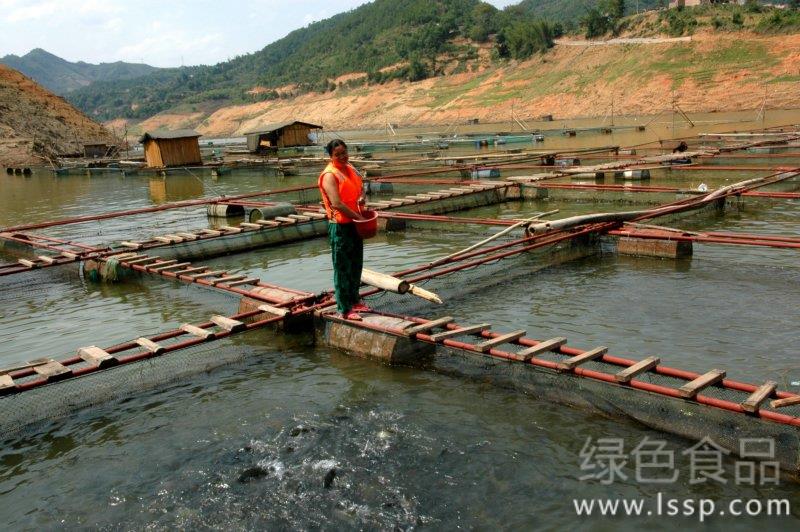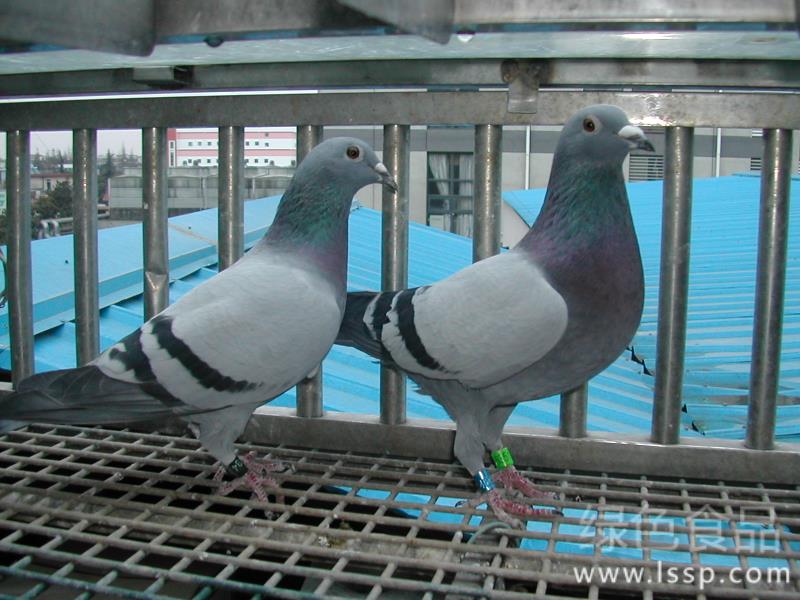How to prevent and cure umbilical cord inflammation in calves
1. Etiology: during midwifery, the umbilical cord is not sterilized or not sterilized thoroughly; calves suck on each other, resulting in umbilical cord infection and inflammation. Improper feeding and management, poor external environment, such as wet and muddy playground, untimely replacement of mattress, poor sanitary conditions, resulting in umbilical cord infection.

Calf
2. Symptoms: umbilical cord inflammation in the early stage, often go unnoticed, calves only dyspepsia, dysentery. With the prolongation of the course of the disease, the cow was depressed and his body temperature rose to 40 ℃ 41 min, and he refused to walk. The umbilical cord and tissue are swollen, the palpation texture is hard, and the cow has a pain response. Umbilical cord broken end wet, with hand pressure, squeeze out filthy pus, there is a bad smell, some due to the closure of the broken end led to pus can not squeeze out, around the umbilical hole, the formation of abscess. Suffering from cattle often dyspepsia, diarrhea or expansion, hunched, thin, stunted development. If treated in time, the general recovery is good.
3. Prevention: do the umbilical cord treatment and disinfection, cut the umbilical cord at about 5cm from the abdomen, and then soak the broken end with 10% iodine tincture for 1 minute. The sanitary environment is good, the playground should be disinfected, the mattress should be replaced in time, and 1% Murray 2% caustic soda should be used regularly. Newborn calves should be raised in a single circle to prevent calves from sucking each other and disease.
4. Treatment: eliminate inflammation and prevent inflammation from spreading.
(1) Local treatment: at the initial stage of the disease, the local area can be washed with 12% potassium permanganate and daubed with 10% iodine tincture. If there is swelling around the affected area, 60-800000 international units of penicillin can be injected.
(2) when an abscess has been formed, the abscess should be cut and discharged, then rinsed with 3% hydrogen peroxide and spread with iodoamine powder. In severe cases, necrotic tissue can be surgically removed and coated with iodoform ether (1 part iodoform, 10 parts ether), or corroded with silver nitrate, copper sulfate and potassium permanganate powder.
(3) systemic treatment: can be treated with sulfonamide, antibiotics, often with 60-800000 international units of penicillin, once intramuscular injection, twice a day, 3-5 times. If calves have symptoms of dyspepsia, you can take 6 grams of sulfamide, 6 grams of baking soda powder and 10 yeast tablets or stomach-strengthening tablets twice a day for three days.
- Prev

Technical requirements for cage culture of carp with high yield and water saving
Technical requirements for cage culture of carp with high yield and water saving
- Next

Management relationship of breeding Pigeon Management techniques of growing Pigeon breeding
Management relationship of breeding Pigeon Management techniques of growing Pigeon breeding
Related
- On the eggshell is a badge full of pride. British Poultry Egg Market and Consumer observation
- British study: 72% of Britons are willing to buy native eggs raised by insects
- Guidelines for friendly egg production revised the increase of space in chicken sheds can not be forced to change feathers and lay eggs.
- Risk of delay in customs clearance Australia suspends lobster exports to China
- Pig semen-the Vector of virus Transmission (4)
- Pig semen-the Vector of virus Transmission (3)
- Five common causes of difficult control of classical swine fever in clinic and their countermeasures
- Foot-and-mouth disease is the most effective way to prevent it!
- PED is the number one killer of piglets and has to be guarded against in autumn and winter.
- What is "yellow fat pig"? Have you ever heard the pig collector talk about "yellow fat pig"?

